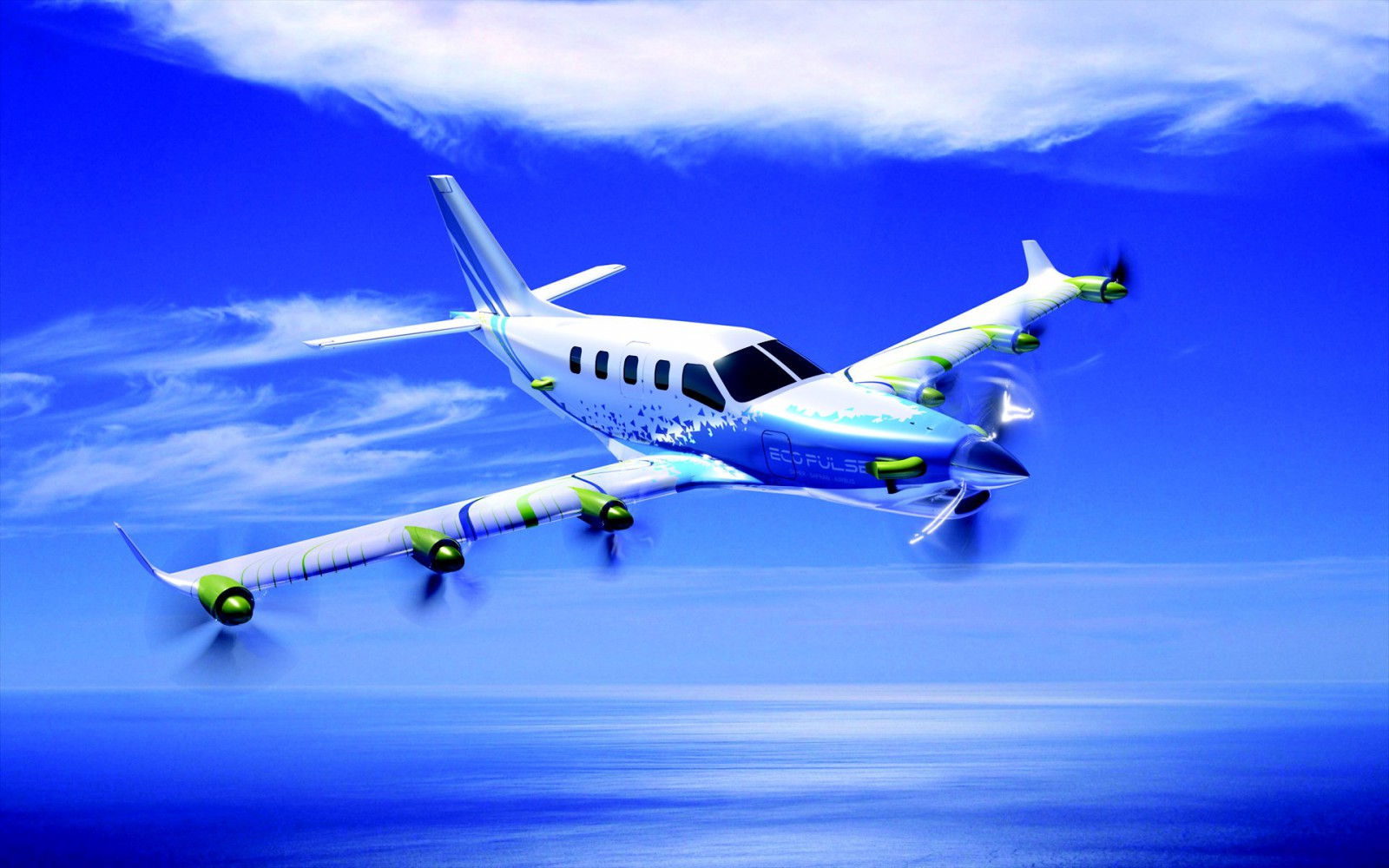Companies combine to build distributed propulsion plane
18 June, 2019
3 min read


It has enough propellers to have once powered a flight of aircraft but this EcoPulse demonstrator aircraft may be the way of the future.
Aerospace giant Airbus, engine-maker Safran and aircraft manufacturer Daher have teamed up to develop the demonstrator using a wing-mounted distributed hybrid propulsion system.
They plan for a maiden flight in 2022 using Daher’s TBM utility aircraft as a platform.
Distributed hybrid propulsion combines a gas turbine engine with an electrical generator and batteries powering multiple electric motors driving propellers.
Airbus views the technology as an important step towards delivering the certification standards for a more electric aircraft, while Safran plans to become a market leader in the technology.
The companies are developing the plane as part of a three-way collaboration designed to validate technologies that reduce CO2 emissions, cut noise pollution and create new uses for air transportation.
The project has the support of the French Civil Aviation Research Council (CORAC) as well as the nation’s civil aviation authority.
READ: FAA proposes new rules to help supersonic flight
Safran will provide the distributed hybrid propulsion system, including a combined turbine and power generator, an electric power management system and the integrated “e-Propellers” to be built into the wings.
The idea is that the e-propellers provide propulsion thrust while at the same time delivering aerodynamic gains by reducing wing surface and wingtip marginal vortices and drag.
Safran says it intends to be the market leader with this type of system by 2025.
“Safran has developed a technology roadmap for the installation of electric thrusters on aircraft. EcoPulseTM offers us an excellent opportunity to evaluate and identify the specific features expected by this market, particularly in terms of new hybrid propulsion aircraft projects,’’ said Safran head of R&T and innovation Stephane Cueille.
Airbus will be responsible for the aerodynamic optimization of the distributed propulsion system and development of the control laws, while Daher will take care of component and systems installation, flight testing, overall analysis and regulatory construction.
“Reducing the environmental impact of aircraft is a priority for the industry as a whole,’’ Daher aerospace and defense senior vice president Nicholas Orance said.
"So it is with enthusiasm and determination that we welcome the opportunity to be part of this unique partnership alongside Airbus and Safran to succeed in the ambitious challenge set by CORAC."
Next Article
2 min read
Qantas triples profit but misses mark

Get the latest news and updates straight to your inbox
No spam, no hassle, no fuss, just airline news direct to you.
By joining our newsletter, you agree to our Privacy Policy
Find us on social media
Comments
No comments yet, be the first to write one.
